El Niño, meaning Little Boy in Spanish, is a weather pattern that refers to the warming of the surface of the central and eastern tropical Pacific Ocean. El Niño happens when the low-altitude oceanic winds, which normally blow from the east towards the west along the equator, weaken or even go in reverse, from west to east, which causes disruptions in the regular climate patterns.
The El Niño phenomenon happens irregularly, but with climate change being in full force, it started to become more common and frequent in the past few years. This weather event can cause disruptions in the meteorological system of the United States, but even globally, as ocean currents are interconnected.
The warming of the oceans can have serious impacts on the local ecosystems, as they may cause coral bleaching, stressing and even killing other marine wildlife in the process. Additionally, the locals that depend on fishing for a living can be affected economically, since less fish means less economic activity and thus, less money and potential poverty.
Which areas are directly affected by El Niño
The El Niño weather event affects pretty much the entire planet, directly or indirectly, but obviously, regions located in its near proximity, including Africa, Latin America and South-East Asia, are more prone to extreme climate situations, such as storms, coral bleaching and overall warming waters.

Later, Sir Gilbert Walker and climatologists started studying the event during the 1930s and determined that El Niño happened at the same time as the Southern Oscillation, which is another climate phenomenon that causes a change in air pressure over the tropical Pacific Ocean. Thus, as the waters become warmer due to the effects of El Niño, the atmospheric pressure over the surface of the ocean decreases and the linked phenomenon is named El Niño-Southern Oscillation (ENSO).
The difference between El Niño and trade winds
It's not only the El Niño event that contributes to how the Pacific Ocean behaves; trade winds, which work in a similar way to El Niño, blow westward from the Americas to Australia and Asia, pushing the warm surface water with them.
These trade winds cause the sea levels to rise naturally by about 0.5 meters and to get around 7.2 degrees Celsius warmer towards the west when they are in effect, while colder water rises on the coasts of Chile and Peru, a process known as upwelling.
This allows the oceanic nutrients to get towards the surface, where phytoplankton feeds off it and attracts natural predators, such as fish or marine mammals. Upwelling influences the climate of the planet as a whole, as the warmer air that moves towards Asia causes the heavy rainfall that happens during the annual monsoon season.
During El Niño events, however, the warm ocean currents start moving backwards towards the Americas, causing disruptions in the way warmer and colder ocean water separate, not allowing the upwelling to occur as it should. This means that the nutrients can't quite reach the top layer of the ocean and thus, phytoplankton can't feed itself.
As a consequence, fish and other marine wildlife have to either migrate or die, while the economies of countries such as Ecuador and Chile suffer great damage. Alongside affecting the marine wildlife, El Niño also contributes to an unnatural increase in the amount of rainfall that South American countries experience, leading to erosion and floodings.

Occasionally, stronger occurrences of El Niño can disrupt global atmospheric circulation, a large-scale movement of air that helps distribute the thermal energy across the planet. Some of the most intense El Niño events of the past century were the ones in 1982-83, when the temperatures of the eastern tropical Pacific were 7.8-12.8 degrees Celsius higher than usual, and 1997-98. The 1997-98 event was the first El Niño ever to be fully monitored from the beginning until the end.
Today, many scientists, governments and even NGOs study the effects and behaviors of El Niño, using various technologies, such as buoys, which measure ocean and air temperatures, as well as winds and humidity.
The National Oceanic and Atmospheric Administration (NOAA) has a network of 70 such buoys, which span from the Galapagos Islands all the way to Australia.
Using the data sent daily from these buoys, as well as satellite imagery, researchers are able to more accurately predict how El Niño behaves, while assessing the potential impact it has on the planet.
 Mihai - Cristian Ioniță
Mihai - Cristian Ioniță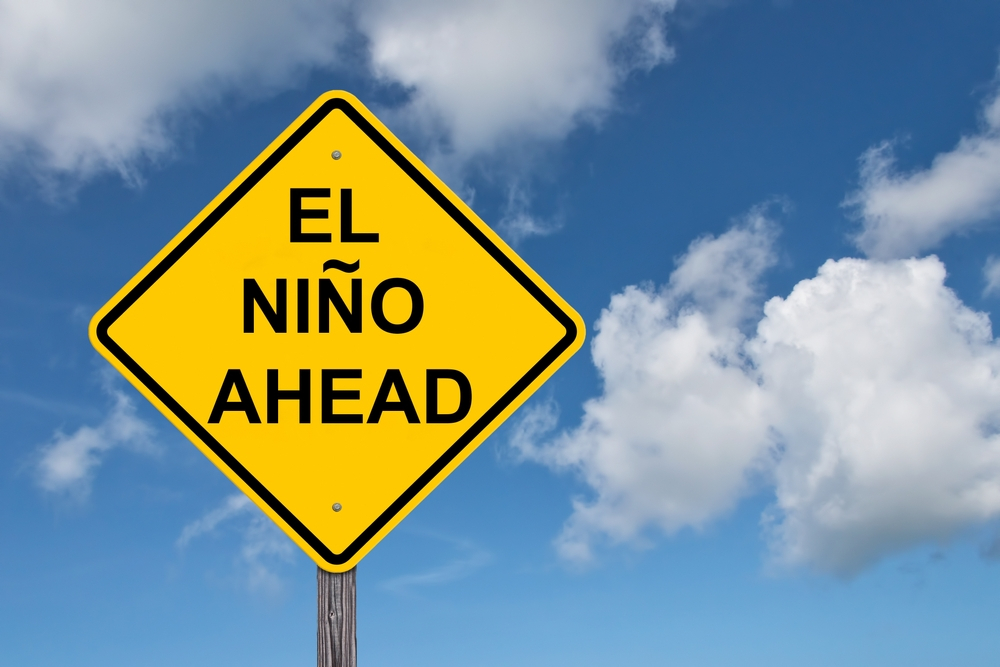



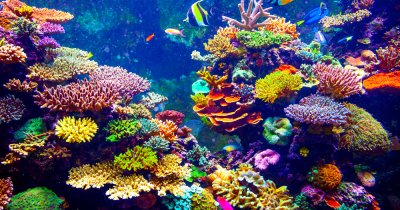
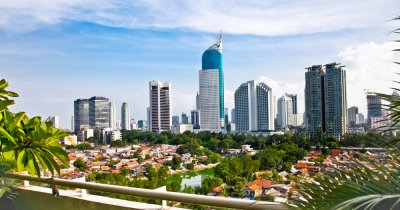



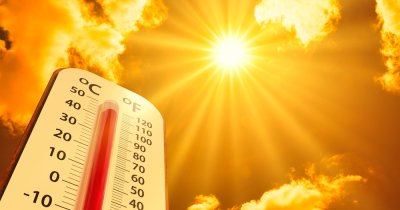
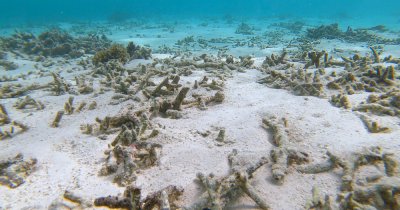


Any thoughts?